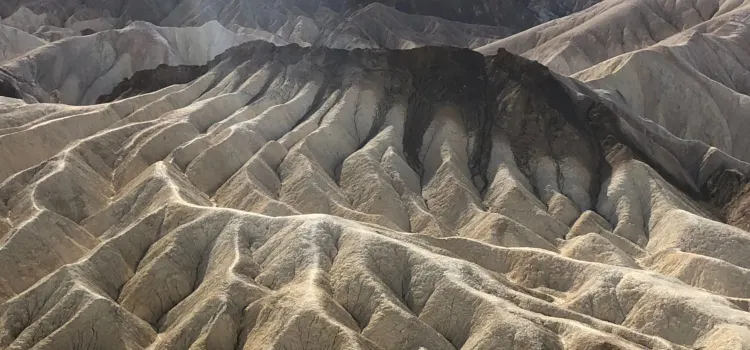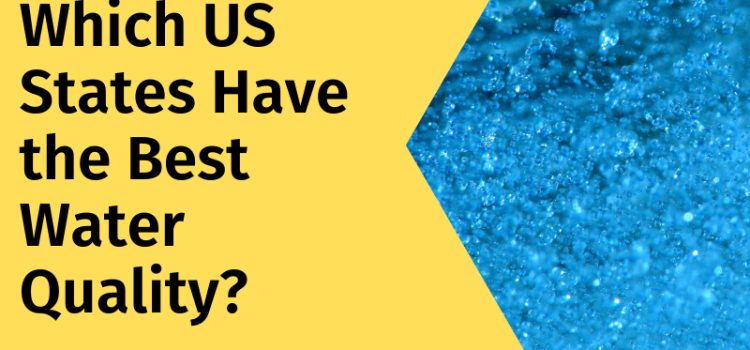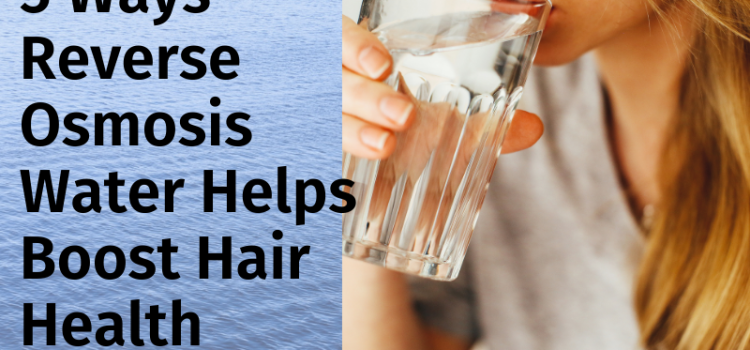Cape Town, South Africa is on the verge of running out of the water, a reality we have all been warned against and which we have all neglected. According to media sources, the Day Zero will arrive early on April 12, 2018, as compared to the earlier predictions of April 22, 2018, if proactive steps are not taken to stop it. Here you can learn what exactly day zero is, how people are battling water shortage and what ingenious water conservation methods they have designed. You can also know which other cities are at risk and what solution can be offered to communities dealing with acute shortage.
Day Zero
In simple terms, Day Zero is the day when the taps in cape town, South Africa’s second-largest city, and a popular tourist destination would run dry. This is perhaps the worst fear of every common person who is used to expecting water gush out as soon as he or she turns the tap on.
How Are People Coping with It?
As you might have guessed, people are using ingenious ways to preserve water. Some of the popular ways worth mentioning are:
- Water is being recycled to help flush toilets.
- People are limiting their showers to just 90 seconds.
- Hand sanitizer has gained popularity over the traditional hand wash.
- People are promoting unwashed hair as a sign of social responsibility.
- Some people are also seen collecting water from pipes fed by an underground spring.
- Some people are straining the water left over from boiling potatoes into a bucket.
- A few people are also using recycled tap water to water the plants.
- Some people are just leaving the city to help reduce the burden for a while.
- The sales of products like buckets, jars, and vases have gone up as people are hoarding water.
How Day Zero Became a Reality?
There are a few reasons why Day Zero came into existence. Some of the most crucial ones are:
- The country has suffered from the worst drought in more than a century.
- The population of the metro area has been overgrowing. It has exceeded 4 million.
- The overall climate is changing at a rapid pace that people could have imagined.
The Carelessness
It is a sad fact that despite knowing that the city is about to run headlong towards Day Zero, most of the residents are using this precious resource freely. People are using 86 million liters above the target goal. Unfortunately, most people haven’t grasped the severity of the situation, or they just don’t care.
The Action
To change the attitudes of people, the city has implemented a new rule from February 1, 2018, that a person can use only a bit more than 13 gallons of or 50 liters of this clear liquid per day.
This 50-liter limit is quite restraining given the fact that 18 liters of it is needed for laundry and dishes while a 90-second shower means 15 liters. Washing hands needs three liters while cooking needs about two liters. About two liters is required for drinking purposes, and one liter is needed if you have a dog. If you do all these chores, you will burn up the 50-liter quota and would have no water if you need to use the toilet again or take another shower.
Drinking Water Woes
Many citizens and tourists have also claimed that the water they are getting from taps is not safe for drinking. Some report that their kids had tummy issues due to it while others say that the it tastes funny.
Going a Long Way and Dealing with Long Queues
Several people have begun taking water from nearby communities rather than reducing their use. This has led to water issues in communities as well. Some, on the other hand, have to stand in long lines and queues to get a minimal amount of water. To reduce the long queues, the city officials are planning to divert the flow to a nearby swimming pool. The demand for bottled water is also increasing quickly, and new stocks are being sold out in a few minutes.
Parched Wells and Dams
The sight of almost empty wells and dams is enough to frighten anyone. The worse of it is the disappearance of water in Cape Towns’ largest reservoir at Theewaterskloof dam. According to satellite images, the water has been disappearing from last seven years, and no concrete steps were taken to control the situation.
Locals say that they have never witnessed anything like it before and they are obviously blaming the municipality for the dearth of this precious resource as it was well informed of the upcoming drought in advance. The anger of citizens is palpable, and they want the situation to resolve itself soon enough.
Other Cities with Water Woes
Cape Town is not the only city that’s facing the water crisis. There are many other cities as well who are either dealing with or have dealt with it in the past. Top 11 of them are:
São Paulo
One among the top 10 most populated cities in the world went through a water crisis in 2015 when the main reservoir was lower than the 4 percent capacity. There was a time when the city had less than 20 days of supply, and water theft was more prevalent. The main reasons for this situation was a long drought and lack of proper planning & investments by the authorities.
Beijing
Beijing faced severe water scarcity in 2014 when each person had just 145 cubic meters fresh water a year while the World Bank thinks that less than 1,000 cubic meters of fresh water per person a year is vital. China has 20 percent of world’s population but just 7 percent of fresh water. Its reserves have lowered by 13 percent between 2000-2009. About 40 percent of Beijing’s water was termed polluted in 2015.
Bangalore
This Indian city is growing at a rapid pace as it has become the technological hub of the country. Authorities are struggling to provide water to the growing population. The city needs to overhaul it’s plumbing because as per a report, about half of its drinking water is going to waste. What makes things worse is the fact that 85 percent of city’s lakes are polluted.
Cairo
River Nile that offers 97 percent of Egypt’s water is getting dirtier day by day thanks to increasing amounts of untreated agricultural, and residential wastes. Egypt ranks high on a chart that shows lower-middle-income countries who are dealing with an increased number of deaths due to water pollution. The UN has estimated that there will be critical water shortages in the country by 2025.
Moscow
Thanks to the industrial legacy of the Soviet era, Russia is facing a lot of water pollution issues. About 70 percent of the surface water of the country meets the needs of residents. Officials have admitted that about 35-60 percent of drinking water reserves in the country are not up to meeting basic sanitary standards.
Jakarta
The Indonesian capital is facing the threat of rising sea levels. As about half of city’s residents get access to piped water, the rest of them are using illegal well digging to meet their needs. Illegal wells have drained the underground aquifers, and now about 40 percent of the city is below the sea levels. These aquifers are also not replenished despite heavy rains as asphalt and concrete are stopping open fields to absorb water.
London
London is perhaps the first city people think of when they think of water shortages. The city draws 80 percent of its water from rivers, Lea and Thames. It has average annual rainfall of just 600 mm which further adds to the problem. The city also has a high waste rate of 25 percent, and experts predict that it will face water supply issues by 2025 and severe shortages by 2040.
Tokyo
Next on the list is Japanese capital that has enough rainfall for four months a year. So, many buildings are created with rainwater collection and utilization systems. Around 70 percent of 30 million people in the city depend on surface water for their needs. If the rain slows, the city might be on the verge of water shortages. Officials have taken steps to reduce waste by leakage by stopping it at just 3 percent.
Istanbul
According to data shared by the Turkish government, Istanbul is facing water stress since 2016 when the per capita supply fell below 1,700 cubic meters. According to local experts, if some actions are not taken to improve the situation, the situation would turn into water scarcity by 2030. Istanbul is already facing water shortage in drier months.
Mexico City
There are 21 million inhabitants of the Mexican capital, and water shortages are a part of their lives. One in five gets the water from their taps for just a few hours a day while 20 percent have it for part of a day. The city is importing about 40 percent of its water from other sources and is yet to develop a large-scale operation for recycling wastewater. About 40 percent of this precious resource is also lost due to problems in the piping system.
Miami
The popular city’s main source of water, Biscayne Aquifer was contaminated by the Atlantic Ocean in the early 20th century thanks to a project. So, people may get seawater mixed with the water they are consuming on a daily basis. The sea level is also rising thanks to the installation of breaching underground defence barriers in the last few decades.
The Solution
If you are terrified by the facts and think you might have never guessed how many cities are at risk, then it’s time for you to think of solutions that you can utilize if the such problems hit in your city or locality. One of the smart solutions is to invest in a seawater desalination water maker that would have the capabilities to transform brackish or salty water from any natural source into a healthy and tasty beverage.
The size of the system you invest in would largely depend on your communities’ needs. If it is a small community, then a small system would meet your needs deftly and if the needs are larger, you might want to invest in the latest system that can produce up to 1 lakh gallons a day.
In case you are not sure about which system is perfect for you, you can trust AMPAC USA to visit your location, map your current and future needs of this clear liquid and either offer a perfect product or design a new one for you. Creating custom reverse osmosis and seawater desalination water maker is our specialty, and you can benefit endlessly from it. Call us now to know more!
Sources










